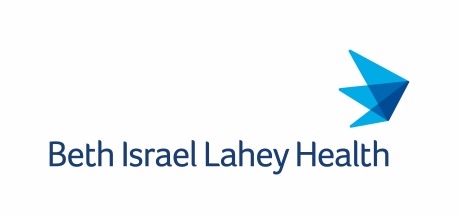Cardio-oncologists help cancer patients monitor and prevent cardiac complications
In recent years, highly effective treatments have led to a significant increase in the number of breast cancer survivors, today numbering nearly 3 million.
Cardiologists Aarti Asnani, MD, Loryn Feinberg, MD, and James Chang, MD, want patients to be aware of a sometimes overlooked side effect of these otherwise successful treatments.
“Therapies such as chemotherapy and radiation that effectively battle breast cancer can be harmful to the heart and cardiovascular system,” explains Chang, Director of the Cardio-Oncology Program at Beth Israel Deaconess Medical Center and Assistant Professor of Medicine at Harvard Medical School. “Known as cardiotoxicity, this risk can be especially high for breast cancer patients, who often undergo both chemotherapy and radiation treatments.”
Earlier this year, the American Heart Association issued their first statement on the subject, confirming that breast cancer survivors may face a heightened risk of heart disease.
“A number of cancer drugs can decrease the heart’s pumping ability, which can lead to heart failure,” adds Asnani, Associate Director of BIDMC’s Cardio-Oncology Program and Instructor of Medicine at Harvard Medical School. “These include the chemotherapy agents doxorubicin [Adriamycin] and trastuzumab [Herceptin]. In addition to breast cancer, these well-known therapies are commonly used for the treatment of leukemia, lymphoma and sarcoma.”
In some cases, heart damage can go undetected for many years after a patient's initial treatment.
“We need to raise awareness of both the short- and long-term cardiovascular complications that can develop from cancer therapies,” says Asnani.
Surveillance and Prevention
As specialists who focus on keeping the heart healthy before and after cancer treatment, cardio-oncologists work closely with patients’ cancer care teams to identify individuals who may be at particular risk for developing heart problems.
“Patients who have been diagnosed with cancer can consult with our cardio-oncology team before beginning chemotherapy or radiation therapy,” says Chang.
A cardio-oncology evaluation consists of a careful examination of a patient’s heart health.
“Early application of cardioprotective therapies is important,” adds Chang.
For some patients, medications including beta blockers and ACE inhibitors can help protect the heart. Aggressive blood pressure control and exercise have also been shown to offer protection from cardiotoxicity.
For patients who were treated for breast cancer or another type of cancer in years past, the cardio-oncology team may recommend periodic noninvasive cardiac imaging tests. These might include stress tests and cardiac MRI, in addition to echocardiograms, which use ultrasound to provide detailed information about heart health, including the strength of the heart muscle, functioning of the four heart valves, blood flow and blood pressure within the chambers of the heart.
In addition, says Chang, patients should be aware of any new heart-related symptoms that develop during or after their cancer treatments, such as shortness of breath, weakness, fatigue or a rapid, irregular heartbeat. Let your doctors know right away if you experience any of these symptoms.
Future Directions
As a physician-scientist, Asnani is also conducting laboratory research to identify molecules that are associated with chemotherapy-induced cardiotoxicity in patients who were treated with the chemotherapy agent anthracycline.
“Not all cancer patients develop cardiac complications,” explains Asnani. “Unfortunately, prior to treatment, it can be difficult to identify which patients are at risk. If we can find a molecular marker that would indicate a potential problem, we would be better prepared to monitor these patients.”
At the same time, Asnani is working to find new cardioprotective therapies that could one day be administered at the same time patients receive chemotherapy, to help guard against heart damage.
“With all the recent advances in cancer treatments, we want to be able to focus on those successes and minimize the impact of cardiotoxity as much as possible,” adds Asnani.
